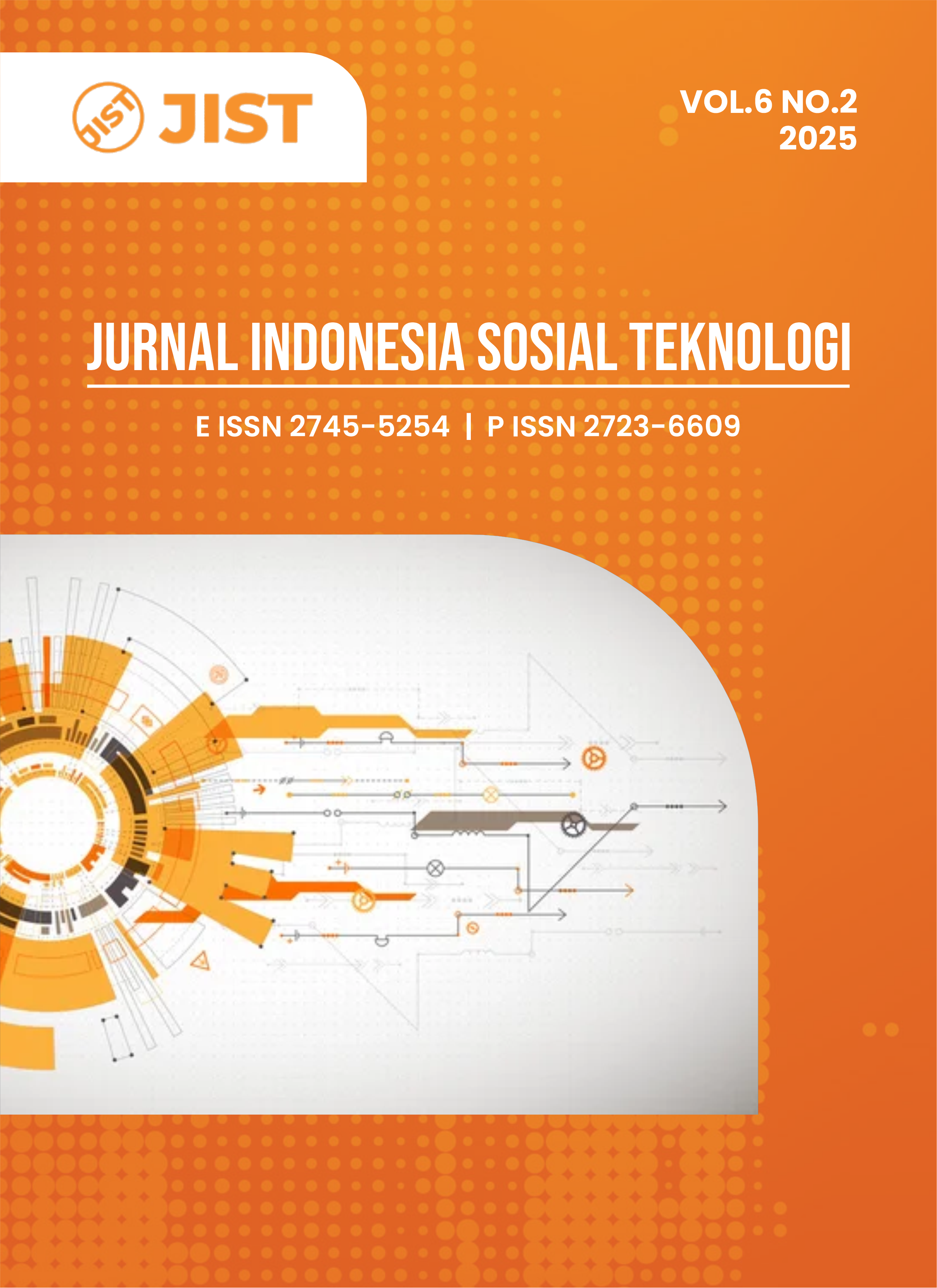Implementation Of Naïve Bayes Algorithm In Predicting Alumni Waiting Time To Secure Employment (Case Study: Universitas Sriwijaya)
DOI:
https://doi.org/10.59141/jist.v6i2.8929Keywords:
data mining, classification method, CRISP-DM, decision tree, K-NN, naive bayes classifier, random forest, waiting period category predictionAbstract
In education, alums' success in getting a job after graduation is a significant benchmark for educational institutions in assessing the quality of education they provide. This study aims to estimate the waiting period category of alums based on the ability of alums to graduate when they are related to the waiting period category and design software that can predict the waiting period category of alums by classification method. The method applied is CRISP-DM. The data used is tracer study data in 2021 with 4,734 records. With a significant level of 5% (0.05), it was found that the waiting period category had a positive and detrimental relationship with the variables of GPA, Waiting Period, First Work Province, First Income, Ethics, Expertise, and English language ability. In this study, 10-fold cross-validation was applied, which resulted in the accuracy of the decision tree algorithm of 84.33%, the K-NN algorithm of 75.45%, the Naive Bayes Classifier algorithm of 85.21%, and the Random Forest algorithm of 84.04%. Furthermore, a different test (T-Test) was carried out, which showed that the Naive Bayes Classifier algorithm was the most dominant algorithm among the other three algorithms so that it could classify and predict the waiting period category well. This study concludes that applying the Naïve Bayes algorithm can effectively predict the waiting period for alums to get a job. The implication of this study is the development of web-based software that educational institutions can use to analyze the waiting period of alumni, provide recommendations for educational policies, and assist students in planning better career strategies.
Downloads
Published
How to Cite
Issue
Section
License
Copyright (c) 2025 Shelly Putri, Ken Ditha Tania

This work is licensed under a Creative Commons Attribution-ShareAlike 4.0 International License.
Authors who publish with this journal agree to the following terms:
- Authors retain copyright and grant the journal right of first publication with the work simultaneously licensed under a Creative Commons Attribution-ShareAlike 4.0 International. that allows others to share the work with an acknowledgement of the work's authorship and initial publication in this journal.
- Authors are able to enter into separate, additional contractual arrangements for the non-exclusive distribution of the journal's published version of the work (e.g., post it to an institutional repository or publish it in a book), with an acknowledgement of its initial publication in this journal.
- Authors are permitted and encouraged to post their work online (e.g., in institutional repositories or on their website) prior to and during the submission process, as it can lead to productive exchanges, as well as earlier and greater citation of published work.










